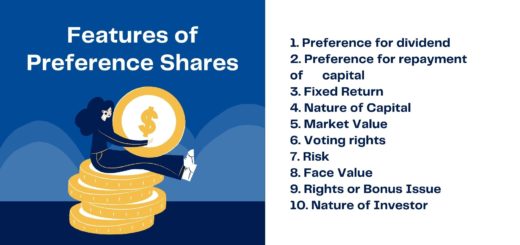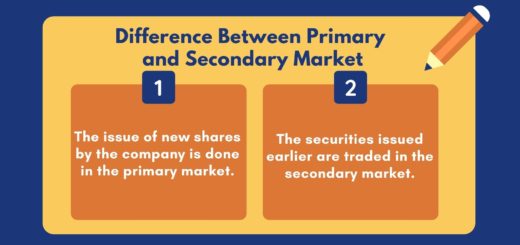Difference Between Micro and Macro Economics (11 Points) | Important Article
Table of Contents
Difference Between Micro and Macro Economics

Economics refers to the branch of knowledge concerned with production, consumption and transfer of wealth. Economics can be further classified into two parts: microeconomics and macroeconomics.
Meaning of Micro Economics
Micro means a small part of a thing. Microeconomics thus deals with a small part of the national economy. It studies the economic actions and behaviour of individual units such as an individual consumer, individual producer or a firm, the price of a particular commodity or a factor, etc.
Meaning of Macro Economics
Macroeconomics is the branch of economics that analyses the entire economy. It deals with the total employment, national income, national output, total investment, total consumption, total savings, general price level interest rates, inflation, trade cycles, business fluctuations, etc. Thus, macroeconomics is the study of aggregates.
- Difference Between Micro and Macro Economics
- Difference Between Owned Capital and Borrowed Capital
- Difference Between Debenture and Share
- Difference Between Preference Shares and Equity Shares
Difference Between Micro and Macro Economics
| Sr. No | Micro Economics | Macro Economics |
| 1 | Micro Economics studies the behaviour of an individual unit of an economy | Determination of income and unemployment are the major problems studied under macroeconomics. |
| 2 | It includes individual price, individual demand, individual income, etc. | It includes general prices, aggregate demand, National income, etc. |
| 3 | Price determination and allocation of resources are the major problem studied under microeconomics | Microeconomics solves the central the problem of what to produce, how to produce and for whom to produce. |
| 4 | Two major tools i.e. demand and supply of a particular commodity is used in microeconomics | Two major tools i.e. aggregate demand (AD) and aggregate supply (AS) of a particular a commodity is used in macroeconomics |
| 5 | Microeconomics solves the central problem of what to produce, how to produce and for whom to produce. | Macroeconomics solves the central problem of full employment of resources in the economy. |
| 6 | It is concerned with the equilibrium of a consumer, a producer, and an industry. | It is concerned with the equilibrium of level of income and employment in an economy. |
| 7 | Microeconomics uses bottom-top approach for analyzing the economy | Macroeconomics uses top-bottom approach for analyzing the economy. |
| 8 | It assumes that all macroeconomic variables like aggregate demand, national income and price are constant. | It assumes that all microeconomic variables like individual demand, individual income, etc. are constant. |
| 9 | It is also known as price theory. | It is also known as income theory or employment theory. |
| 10 | It believes in Laissez-faire economy. | It believes in command economy. |
| 11 | It is simple to study microeconomics. | It is complex process to understand macroeconomic due to inclusion of large numbers. |
- Difference between Dematerialisation and Rematerialisation
- Difference Between Final dividend and Interim Dividend
- Difference Between Dividend and Interest
- Difference Between Primary and Secondary Market
- Distinguish Between Money Market and Capital Market
- Difference Between Broker and Jobber
Learn the chapters on TYBCOM from our YouTube channel.


